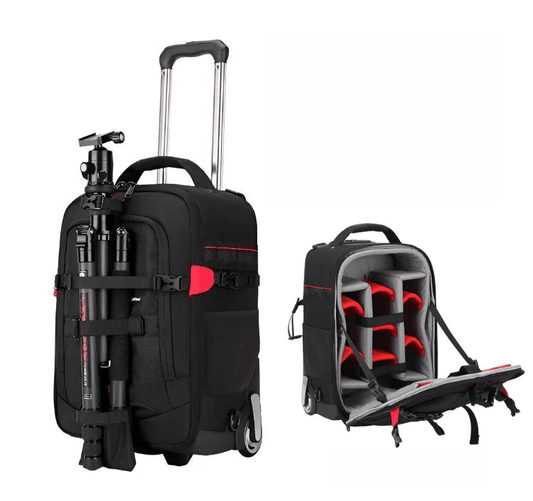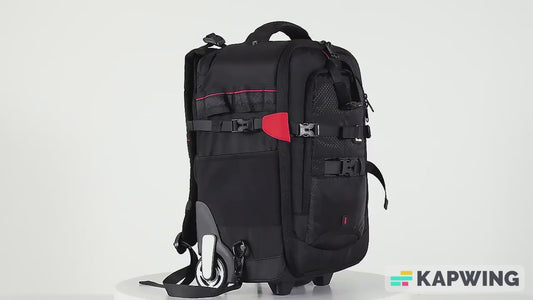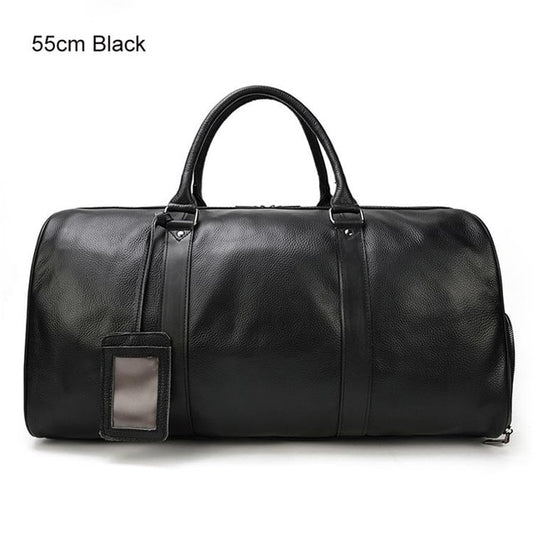Preparing Your Home for Cold Weather: Energy-Saving Products for Fall
As fall leaves turn and temperatures drop, is your home ready for the energy challenges of cold weather? Energy-saving products for fall can significantly reduce costs and increase comfort. Preparing your home with energy-efficient solutions is crucial for cost savings, comfort, and environmental responsibility.
The Growing Importance of Home Energy Efficiency
The concern over energy costs and environmental impact has been steadily growing over the past few decades. As climate change becomes an increasingly pressing issue, homeowners are looking for ways to reduce their carbon footprint while also managing rising energy costs. The evolution of energy-efficient home technologies has provided numerous solutions to address these concerns.
According to Energy Star, heating and cooling account for nearly half of annual energy bills for the average American household. The U.S. Energy Information Administration (EIA) reports that space and water heating were among the four largest categories for residential energy consumption in 2022. These statistics underscore the significance of focusing on energy efficiency, particularly as we head into the colder months.
Key Energy-Saving Products for Fall
1. Smart Thermostats
Smart thermostats have revolutionized home heating and cooling management. These devices offer several advantages over traditional thermostats:
- Remote Adjustment: Control your home's temperature via smartphone, even when you're away.
- Automatic Regulation: Adjust temperatures based on weather conditions and occupancy patterns.
- Energy Savings: Potential to reduce energy consumption by up to 15%.
"By allowing you to adjust the temperature from your smartphone and automatically self-adjusting based on the current weather, smart thermostats can help keep you comfortable when you're home and save energy when you're not"
2. Energy-Efficient HVAC Systems
Your heating, ventilation, and air conditioning (HVAC) system is a crucial component in maintaining an energy-efficient home. Consider the following:
- Regular Maintenance: Ensure proper operation and efficiency through routine check-ups.
- Filter Replacement: Replacing dirty air filters can lower energy consumption by up to 15%.
"Regular maintenance on your home's heating systems can help ensure they operate properly and efficiently"
3. LED Lighting
Switching to LED lighting can make a significant difference in your energy consumption:
- Energy Efficiency: Uses up to 75% less energy than incandescent bulbs.
- Longevity: Lasts up to 10 times longer than traditional bulbs.
"LED bulbs use up to 75% less energy than traditional incandescent bulbs and last up to 10 times longer"
4. Energy Star-Certified Appliances
Investing in Energy Star-certified appliances can lead to substantial energy savings:
- Efficiency: Up to 40% more efficient than traditional models.
- Cost Savings: Despite higher initial costs, these appliances offer significant long-term savings.
"Energy Star-certified appliances are up to 40% more efficient than traditional models, so they can help you save money on your utility bills"
Current Trends and Future Projections
The adoption of smart home technologies is on the rise, with more homeowners integrating connected devices to manage their energy consumption. Additionally, there's a growing emphasis on renewable energy sources, with many homeowners considering solar panels or opting for green energy plans from their utility providers.
"By upgrading to 100% renewable energy for your home, you can play a role in fighting climate change and creating a cleaner planet for us all"
Impact Analysis: Energy Efficiency and the Environment
Reducing energy consumption through these energy-efficient solutions leads to lower greenhouse gas emissions. The Environmental Protection Agency (EPA) estimates that if every American home replaced just one light bulb with an Energy Star-certified LED bulb, the energy savings could light 3 million homes for a year.
Moreover, homeowners can see significant cost savings. The Department of Energy reports that families can save an average of $225 in energy costs per year by using Energy Star-certified appliances.
Traditional vs. Energy-Efficient Solutions: A Comparison
| Feature | Traditional Solutions | Energy-Efficient Solutions |
|---|---|---|
| Thermostats | Manual adjustment, less precise | Smart features, remote access, potential 15% energy savings |
| Lighting | Incandescent bulbs, high energy use | LED bulbs, up to 75% less energy use, 10x longer lifespan |
| Appliances | Standard efficiency | Energy Star-certified, up to 40% more efficient |
| HVAC Systems | Basic systems, regular maintenance needed | High-efficiency systems, smart features, lower operating costs |
Controversies and Debates
While the benefits of energy-efficient solutions are clear, there are ongoing debates:
- Initial Costs vs. Long-Term Savings: The upfront costs of energy-efficient products can be higher, leading some homeowners to hesitate. However, the long-term savings often outweigh the initial investment.
- Privacy Concerns with Smart Home Technologies: As smart devices collect data on home energy use and occupancy patterns, some consumers worry about data privacy and security.
How To: Preparing Your Home for Cold Weather
Conduct an Energy Audit
- Identify areas of heat loss using thermal imaging cameras or professional energy auditors.
- Prioritize energy-saving upgrades based on the audit results.
Upgrade Insulation
- Focus on attic and wall insulation, as these areas are prime spots for heat loss.
- Consider eco-friendly insulation materials like recycled denim or cellulose.
Install Storm Windows and Doors
- Add an extra layer of insulation to your windows and doors.
- Reduce drafts and heat loss, potentially lowering energy bills by up to 15%.
Implement Zone Heating
- Heat only occupied rooms to reduce overall energy consumption.
- Use space heaters strategically in conjunction with your main heating system.
Frequently Asked Questions
How can I make my windows more energy-efficient without replacing them?
Apply window film, hang thermal curtains, or use draft stoppers to improve insulation. These cost-effective solutions can significantly reduce heat loss through windows.
Are there any energy-saving products specifically for renters?
Yes, renters can use portable options like smart power strips, LED bulbs, and draft stoppers. These can be easily installed and removed without altering the property.
How do I choose the right size HVAC system for my home?
Consult a professional HVAC technician to perform a load calculation. This assessment considers your home's size, insulation levels, and local climate to determine the optimal system size.
Can landscaping help with energy efficiency?
Absolutely. Strategic tree planting can provide natural shade in summer and wind protection in winter, reducing the workload on your HVAC system. Deciduous trees on the south and west sides of your home are particularly effective.
Are there any tax incentives for energy-efficient home improvements?
Many local governments and utility companies offer rebates or tax credits for energy-efficient upgrades. Check with your local energy office or visit the Database of State Incentives for Renewables & Efficiency (DSIRE) for current offers in your area.
Challenges and Solutions
High Upfront Costs of Energy-Efficient Products
Challenge: The initial investment in energy-efficient products can be prohibitive for some homeowners.
Solution: Research available rebates and financing options. Many utility companies offer low-interest loans or rebates for energy-efficient upgrades. Additionally, consider phasing upgrades over time to spread out costs.
Complexity of Smart Home Technology
Challenge: There can be a learning curve associated with new smart home technologies.
Solution: Look for user-friendly products with good customer support. Many manufacturers offer online tutorials and customer service hotlines. Start with one or two devices and gradually expand your smart home system as you become more comfortable with the technology.
Ethical Considerations and Best Practices
Environmental Responsibility
- Choose products with minimal environmental impact, considering both manufacturing processes and end-of-life disposal.
- Properly dispose of old appliances and electronics through certified recycling programs to minimize landfill waste.
- Understand the data collection practices of your smart home devices by carefully reading privacy policies.
- Implement strong security measures, such as using unique passwords and regularly updating device firmware.
Success Stories
"By upgrading to a smart thermostat and sealing air leaks, I reduced my winter energy bill by 25%," reports John D., a homeowner featured in a Hippo case study.
Tools and Resources
- Energy Audit Tools: Infrared cameras and blower door tests can help identify areas of heat loss in your home.
- Energy Consumption Monitors: These devices provide real-time data on your energy usage, helping you identify high-consumption appliances.
- Weatherstripping Kits: DIY kits are available for sealing gaps around doors and windows.
Conclusion
As we've explored, preparing your home for cold weather with energy-saving products is not just about comfort—it's a crucial step towards cost savings and environmental responsibility. From smart thermostats to LED lighting, these solutions offer significant benefits in both the short and long term.
By implementing these energy-efficient strategies, you can reduce your energy bills, increase your home's comfort, and contribute to a more sustainable future. As energy costs continue to rise and environmental concerns grow, taking action now is more important than ever.
Start your energy-efficiency journey today. Conduct an energy audit, prioritize upgrades, and take advantage of the many energy-saving products available. Your wallet—and the planet—will thank you.
Additional Resources
- Department of Energy's Energy Saver Guide
- Energy Star's Product Finder Tool
- Database of State Incentives for Renewables & Efficiency (DSIRE)
By taking advantage of these resources and implementing the strategies outlined in this guide, you can make significant strides in preparing your home for cold weather while maximizing energy efficiency. Remember, every small step counts towards a more sustainable and cost-effective home.




































































